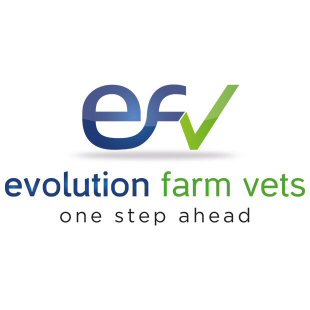E. coli and Strep. uberis are considered the most important agents responsible for environmental mastitis. Careful environmental management is key to reducing the incidence of mastitis within a herd. The growth of bacteria is dependent on the presence of four major requirements; food, warmth, moisture and a pH of around seven. Herds that implement management schemes that create unfavourable conditions for bacterial growth will benefit from reduced levels of environmental mastitis. Reducing the bacterial burden in the environment can be done in a number of ways:
Bedding: bedding should be kept clean and dry. Materials that naturally have a low water content such as straw, sawdust, shavings, sand and ash are ideal. Sand has the added benefit of being an inorganic substrate that will not support bacterial growth assuming it is clean. Clean lightly bedded rubber mats and mattresses are also a suitable option. The addition of small quantities of cubicle sanitisers, such as lime (not quicklime), help to absorb moisture and increase the pH of the bedding which in turn reduces the bacterial burden of the environment. Teat sanitisers should be spread underneath the bedding so as not to cause damage to the teat.
Space allowances: Housing cows increases the degree of contact between cows. This increases the likelihood of teat faecal contamination subsequently promoting environmental mastitis. A good estimate for cows housed in straw yards is 8-10sq.m of bedded area per cow. Reasonable dimensions for cubicle systems are 2.4m by 1.2m. Inappropriate cubicle dimensions may lead to excessive bed soiling or cubicle rejection. Stocking at 90-95% cubicle occupancy is also highly recommended to give cows extra space and reduce stress.
Ventilation and drainage: Designing well ventilated and drained buildings is very important to remove the heat and moisture that might otherwise promote mastitis pathogen growth.
Management: Cleaning and bedding of yards and cubicles should ideally be carried out during milking so that cows can lie down in a clean environment in the critical 30 minutes after milking when the teat sphincter has not fully closed. Alternatively cattle be encouraged to stand and eat for 30 minutes after milking to minimise teat contamination. Clean bedding should be added, passageways scraped and soiled areas at the back of cubicles cleaned daily. Cattle out on pasture should be moved off areas that are heavily contaminated with faeces.
Stress: Handle cows gently to minimise stress. Stressed cows are more prone to infections, including mastitis. Heat stress can also increase the risk of mastitis reinforcing the need for good ventilation in intensive systems that may house their cattle in hotter months.
Establish a post calving group: Periparturient cows are immunosuppressed rendering them more susceptible to diseases such as mastitis. Keeping cows in smaller groups with lower stocking densities on clean straw yards for the first couple of weeks post calving can be beneficial in reducing environmental mastitis in these cattle.
